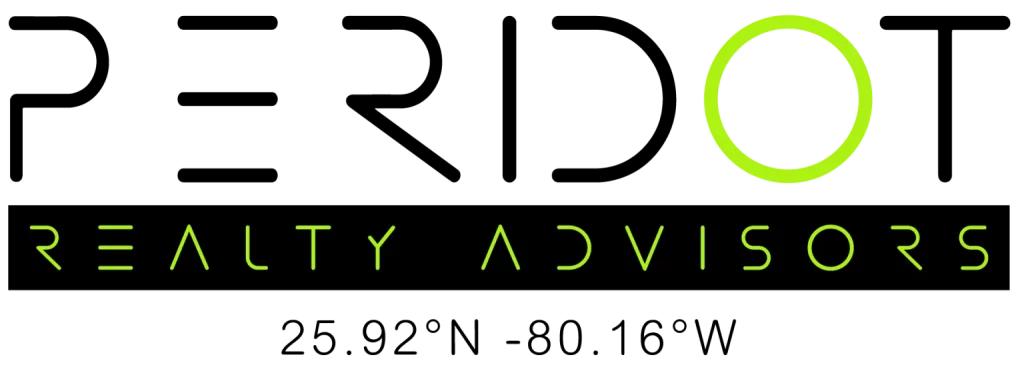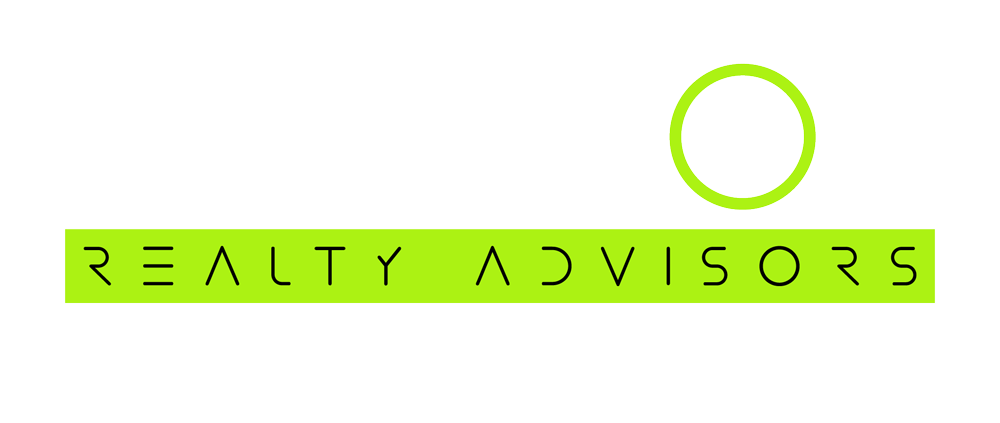As South Florida Embraces Rail Travel, Developers Go Along For The Ride
We all know that migration and investment are responsible for residential development and play a vital role in enhancing South Florida’s economy. As we know, it is very challenging to finance any projects in today’s economic environment; developers are looking to build projects that enhance rising demands for mass transit and reduce zoning restrictions that frequently come with building near rail stations.
Let’s discuss South Florida’s Transportation:
At the Thursday Bisnow transit-oriented development and infrastructure event, the Suffolk vice president said, “Everything starts with us, we see opportunity, we bring the change in residential and businesses, and Everything follows.
Last year, Brightline took 1.2 million passengers along its route between West Palm Beach and Downtown Miami & recorded a result for the rail line that began operating in 2019. The Affiliate of Florida East Coast Railway operator is launching a new route to Oranaldo next month, which may be expected to boost ridership in the rising economy.
The CEO of Negward Development Group said at the event of Four Seasons Miami, “We have seen residents, we have seen hotel guests staying close to where transportation option.”
To fulfill the rising desire to be near mass transit options fits nearly expands services across the Miami region. The District 7 commissioner also governs the board chair of South Florida Transportation—Authority, which operates the Tri-rail and its eighteen stations from West Palm Beach to Miami International Airport.
Changes around the Tri-rail and Brightlines stations allow better parking and greater density, according to Regalado. She is also advancing the solutions at SERTA to allow the agency to local governments along the coasts of South Florida to change land development policies to enhance density & allowable uses around the transit stop. Regalado said, “It’s not complicated; it’s just a matter of a bunch of politicians agreeing on something.”
Developers said that the loosening of zoning restrictions enables them to design project costs with rising interest rates & high cost of profitability in the financial sense.
Panelists at the event said Downtown Fort Lauderdale Brightline station openings in 2018 the various developments from the designing projects around the transit stops. If you look at the station that was announced and opened now, the amount of residential, projects, and commercial activity is ten times more.
Ocean Land Investments revealed plans in July for a 392-unit multifamily development that will directly connect to Fort Lauderdale, Brightline station after paying Florida cost industries 13.2M for the 0.95-acre property at 105 Northwest Third Ave in March. The senior director of design and construction at Ocean Land said at the event, “We were only focusing on the waterfront development and noticed an exceptional amount of value in the station; there was a lot in interest, ridership uptake, and I think that’s going to continue particularly as vehicle travel more congested.”
As the developers are more interested in building transit-oriented projects, the viable sites are shrinking, Said Bilzin Submerg( a partner at the law firm). TOD developers are also looking to future-proof projects, such as promoting electric vehicle charging stations and designing advanced parking structures that can be easily retrofitted for the demand of new car wanes.
The marketing head & investor relations At Doroni Aerospace are looking for an elegant flying vehicle; Dats said that we are no longer relying on the roads, as the personal flying vehicle will make flying more accessible and allow people to live farther away from the urban core to reduce commute timing. Dats also said over the next ten years, developers will also start thinking about developing this kind of community; if you can fly somewhere in just ten minutes, coming into the city would usually take 2 hours. It is one of the biggest things developers should think about.
Panelists and audience members asked questions from Dats about how the company would navigate concerts with noise pollution and make technology more available to familiar people.
Singer said, “I am working on a project where the transit authority is insistent that this technology is coming, and TOD has to accommodate it in the future. But when we are accommodating it, is the flight pathway defined, and are there any regulations for noise pollution? You have a project that uses ever-changing technology, is advanced, & still accommodates an undefined future.


